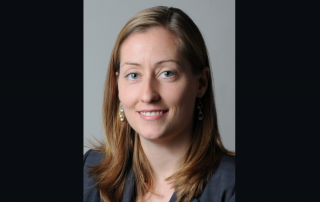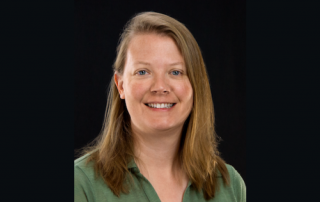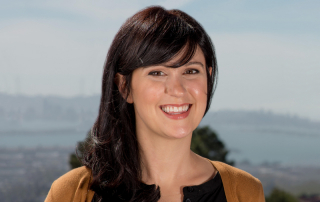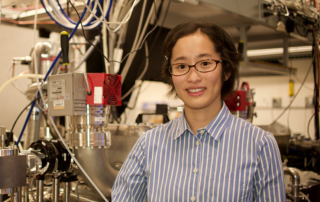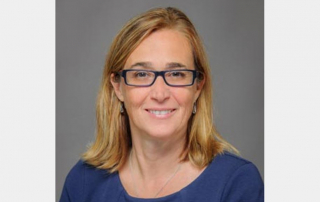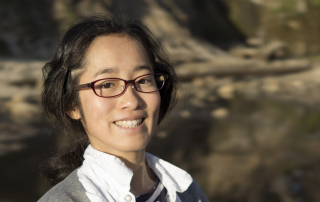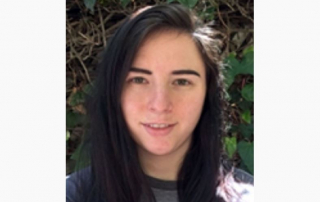Congrats to Laura Waller for Receiving the 2021 Optical Society (OSA) Adolph Lomb Medal
Founded in 1916, OSA is the leading professional organization for scientists, engineers, students and business leaders who fuel discoveries, shape real-life applications and accelerate achievements in the science of light. Through world-renowned publications, meetings and membership initiatives, OSA provides quality research, inspired interactions and dedicated resources for its extensive global network of optics and photonics experts.
Laura is being honored specifically for important contributions to the advancement of computational microscopy and its applications.
Adolph Lomb was OSA’s treasurer from its founding until his death in 1932. In recognition of his devotion to OSA and the advancement of optics, the Adolph Lomb Medal, established in 1940, is presented to a person who has made a noteworthy contribution to optics at an early career stage.
She joins an esteemed group of past recipients recognized for their outstanding contributions to the field of optics and photonics.
